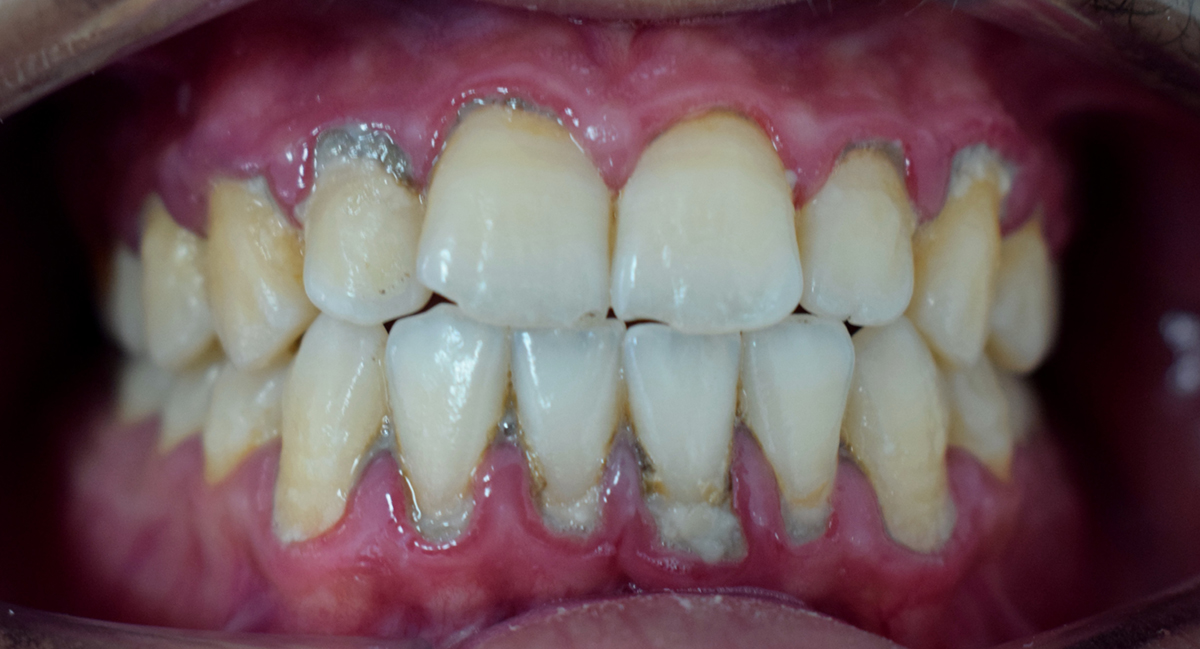
Gingivitis is the most typical and benign type of oral disease, and is mostly induced by plaque. According to the Food and Drug Administration, 15% of adults between the ages of 21 and 50, as well as 30% of those over 50, are affected by some form of gingivitis. Gingivitis is characterized by inflammation and bleeding of the gums, and due to the fact that it is mostly painless in its early stages, most cases go unnoticed until harsh irritation or diminishing of the gums appears. Plaque induced gingivitis is the most common type, and if left untreated can escalate to periodontitis. Gingivitis does not necessarily lead to periodontitis, but periodontitis is always preceded by gingivitis.
Classification ofGingivitis
Plaque-induced, and non-plaque-induced gingivitis are the two main categories of the disease, with each having a legion of subcategories. Some of the plaque-induced groups include gingivitis modified by systemic factors, medications and malnutrition. Non-plaque induced gingivitis subcategories are gingivitis caused by various kinds of origins, such as bacterial, viral, fungal, and genetic origin. Other causes of gingivitis may involve systemic conditions, traumatic lesions, outside objects reactions, and not otherwise specified gingivitis.
Signs and Symptoms ofGingivitis
Gingivitis appears in the form of swollen gums, red or purple gums, gums sensitive to touch, and bleeding gums. In addition, the gums may appear shiny, and there can be discharge of an unpleasant scent.
Causes of Gingivitis
For plaque-induced gingivitis is the most ordinary form of the disease, the rest of the sections will largely deal with these kinds of cases. Plaque, a gummy film that forms on the surface of teeth, is the main cause of gingivitis. It is produced when starches and sugar meet with bacteria that are found in the mouth. Plaque gathers in between the teeth and gums, in cracked fillings, as well as around badly cleaned bridges, braces, and partial dentures. Unless plaque is cleansed thoroughly within 72 hours, it will form tartar that cannot be removed by home care products.
Additional Causes ofGingivitis
Aside from poor oral hygiene, there are other factors that will cause gingivitis. Certain medications, such as cold remedies and tricyclic antidepressants, are responsible for plaque and tartar formation, since they decrease saliva production. Oral contraceptives are also known to contribute to gingivitis. Anti seizure drugs, calcium channel blockers, anti-hypertension drugs, and drugs that restrain the immune system may often produce the overgrowth of gum tissue. This condition is called gingival hyperplasia and it makes plaque removal that much more difficult. Also, Herpes virus causes swollen gums and sores on the mouth, whereas overspread of Candida in the mouth creates white coating infections that advance from inside of the cheeks and mouth onto the gums. Further, leukemia and Fanconi anemia, a rare genetic disorder of the bone marrow, make patients more prone to infections and vulnerable to gum diseases. During pregnancy and menopause, women are more sensitive to gingivitis because of diminished salvation and blood supply to the gums. Poor nutritional habits, such as lack of calcium, vitamin C, and the B vitamins additionally play a role in periodontitis formation. Smoking is known to be a crucial factor causing gum disease, making smokers far more susceptible to periodontitis than non smokers. Finally, stress and depression provoke periodontitis as they trigger behaviours such as poor oral hygiene and smoking.
Diagnosis
When signs of gingivitis first appear it is advised that one sees a dentist or a dental hygienist. The dental professionals will examine the gums for the amount of plaque, and test for signs of periodontitis using X rays. If the gingivitis does not react to treatment the person will be referred to a periodontist. As previously mentioned, untreated gingivitis can lead to periodontitis, which is a more serious condition where gums and bones separate from teeth, forming pockets that collect bacteria and debris. Eventually, the bacteria will resolve bone and tissue that hold teeth in place, causing teeth loss. Also, some studies suggest that periodontitis is passed on from parents to children, and even transferred within couples, so it is advised that if one family member has been diagnosed with periodontitis, all family members should have professional checkups.
Treatment
Treatment for gingivitis is directed at plaque removal, or minimization of bacteria in the mouth, and is performed at a dental office, as well as at home by proper oral hygiene products. Aside from previously mentioned methods for reducing plaque, essential oil based mouthwashes have proven to be particularly helpful.
Complications
Complications produced by gingivitis include loss of teeth, frequent reappearance of gingivitis, appearance of periodontitis, bacterial infection of the gums, and infection or swelling of the gingiva, as well as the jaw bones.
Mortality Statistics on Gingivitis and Periodontitis
According to the World Health Organization, and the data gathered in January 2004, gingivitis related illnesses such as periodontal diseases, acute and chronic gingivitis, acute and chronic periodontitis, and periodontosis have been linked to a number of deaths around the world. More specifically, gingivitis related disorders have been connected to 10 deaths in Mexico, 4 deaths in the United States, and Brazil, 2 deaths in Chile and Japan, 1 death in Lithuania, Poland, Norway, Korea, Canada, Netherlands, Denmark, Nicaragua, Germany, and Venezuela. These finding make up for 32 deaths, 2.1 on average per country involved in the research. The findings include all ages and sexes. Note that rather than being true indices of the number of deaths linked to an exact cause, these statistics disclose more about the reporting processes of these counties.
Prevention
Gingivitis is easily preventable by daily brushing, flossing, rinsing with mouthwash, as well as using interdental brushes. Using hydrogen peroxide based mouthwashes, and toothpastes containing triclosan have shown to be particularly helpful in the recent years, along with professional cleaning by a dental hygienist. Also, research on calcium consumption and periodontal disease of nearly 13 000 US adults found that men and women, especially in their 20s and 30s, with daily calcium intake lower than 500 milligrams, or half of the recommended dosage, were twice as likely to develop gum disease. Furthermore, physicians from the Institute of Good Medicine at the Pennsylvania Medical Society claim that proper oral hygiene can prevent heart problems caused by infections that move through the body via bloodstream.


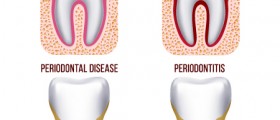


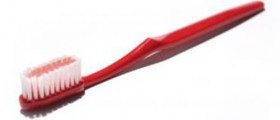
_f_280x120.jpg)
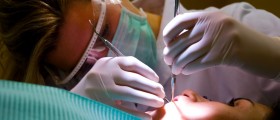
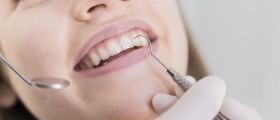

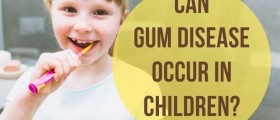
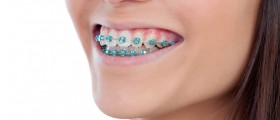
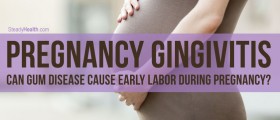
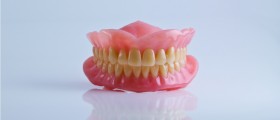
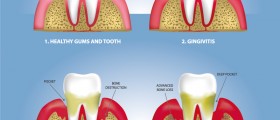
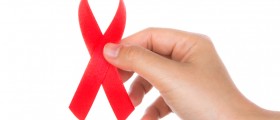

Your thoughts on this
Loading...